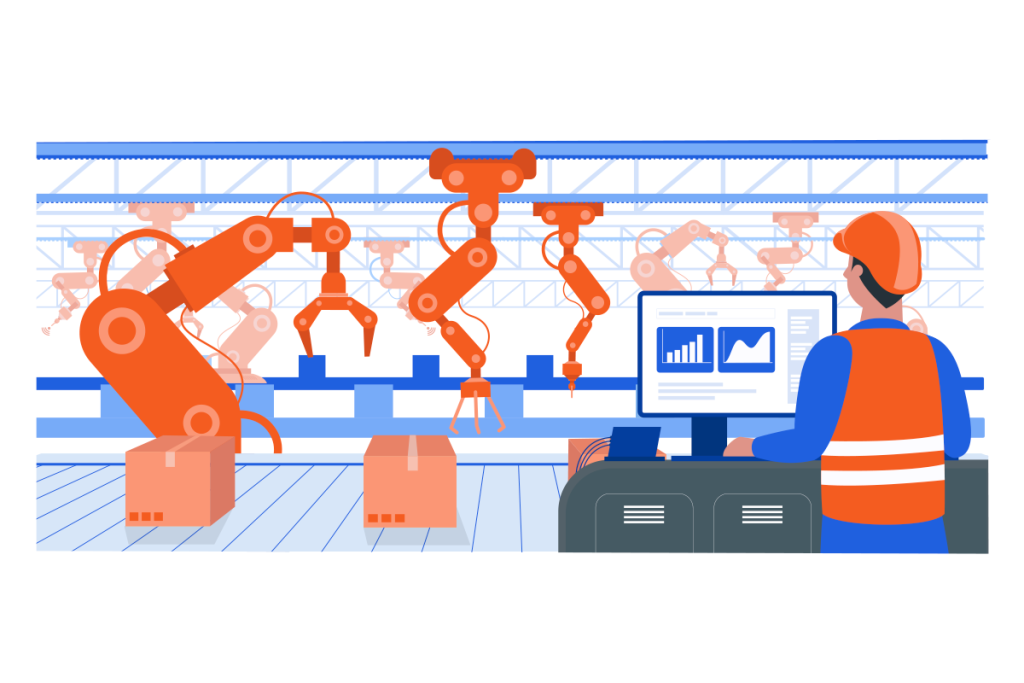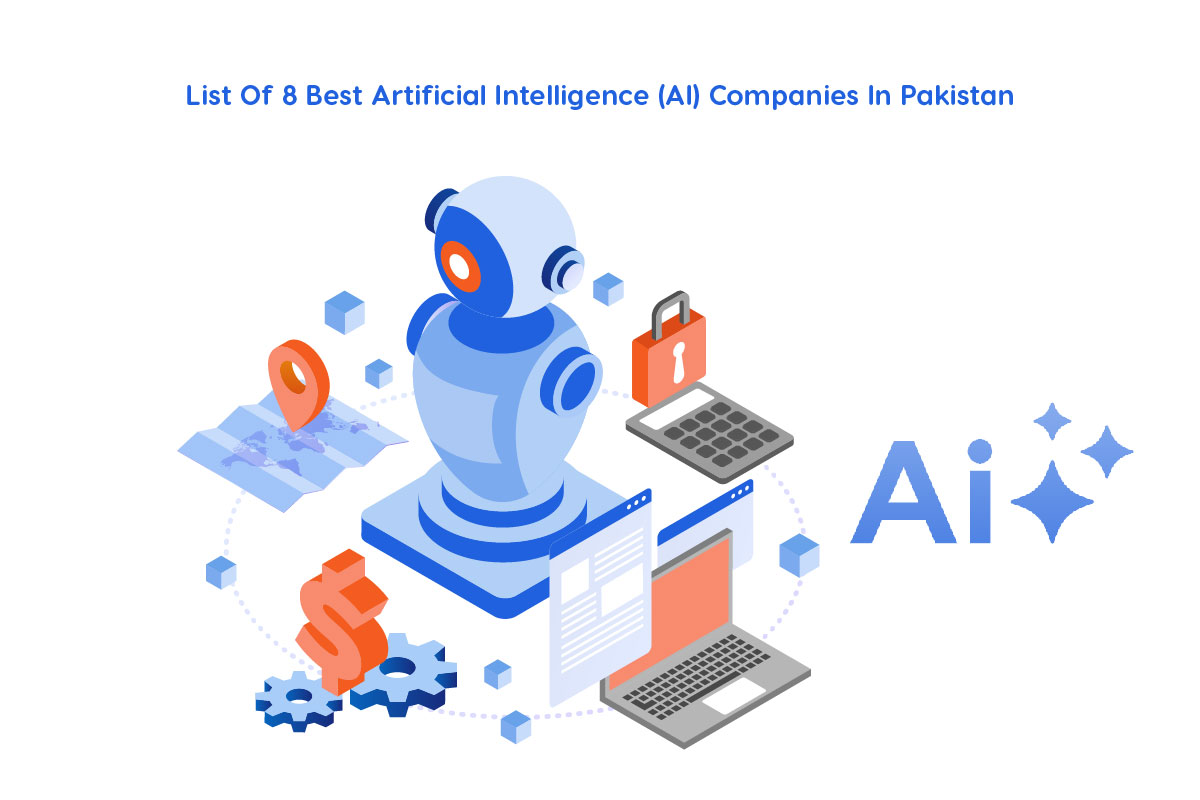Robots and automation have witnessed major revolutions in the last two decades. The future seems brighter than this, and many critics expect the technology to renovate the world. When companies in a local labor marketplace embrace business robots, some employees are exiled and become unemployed. Other labours that are not affected by robotics may however distressed that these novel tools might swap their working jobs in the future. In this article we will delve into some of the facts that will help us in Investigating How Robots and Automation are Reshaping Industries and the Workforce.

Robots and Automation Revamping the Manufacturing Industries
‘Unimate’ was the first industrial robot that joined the assembly line at the General Motors plant in Ewing Township, New Jersey, in 1961. An automated die-casting mold that released blistering-hot door knobs into containers of cooling fluid on a production line that progressed them to labors for concluding finishing and polishing. Some common industrial robot uses are:
Spot Welding
Spot welding connects two closed metal tops by leading current through the spot, which then liquefies the metal and makes the weld supplied to the spot in a little time (roughly ten milliseconds)
Painting
Because it improves the item’s quality and reliability, robotic painting is utilized in the manufacturing of automobiles and many other sectors. Fewer rework reworks in cost reductions as well.
Machine Handling
Robotic automation helps in machine tending. In this process, robots help to load and unload products into processing machinery and monitor the machinery while it does its job.
Assembly
Robots often assemble products. They reduce tiresome and wearisome work. Robots enhance productivity and lessen functioning charges.
Role of Robots in the workforce
Examples of Robots in Workplace
Some of the areas in which robots are in great demand are given below.
Commercial Cleaning
Industrial cleaning tasks for instance floor cleaning, can be assisted by robotics. They have the ability to operate steadily, which helps maintain order in the environment.
Agricultural Preservation
In order to keep maintenance, many large farms increasingly use automated agricultural equipment, such as pesticide drones.
Automobile Production
Robots play an integral part in the manufacturing process to build vehicles. They can handle material at a far more efficient pace thanks to their strength and accuracy. This results in faster manufacturing and more precise output.
Security and Inspection
Robots can now inspect items and environments Additionally, robots may be used for safety devices that alert people of any misconduct.
Pizza delivery robots
Now novel delivery systems have emerged. For instance, domino’s Pizza uses a self-driven vehicle. The Domino’s Robotic Unit or DRU is an automated vehicle that can deliver up to ten Pizza using a series of sensors, GPS, and a camera system to navigate its route to the delivery station.
Air Cobots
A French-made cobot named Air Cobot can inspect planes. it works alongside humans. Air safety has tightened to the next level as it detects multiple sensors precisely for instance cameras and scanners, two computers, and a GPS system.
Commercial floor cleaners
The Global Automatic Industrial Floor Scrubber Machine claims a 1.6HP motor that lifts 113″ water, 180 RPM, and allows a coverage rate of about 17,000 sq. ft. per hour. This machine works like an octopus.
Humanoid Robots
Service robots designed to resemble human actions and interactions. They add value by automating operations in a way that increases efficiency and minimizes expenses like other robots.
You can also read: Artificial Intelligence: Revolutionizing the Job Market of Tomorrow
Automation and Robots lead to job displacement
Automation’s downside is that it massively displaces jobs and is a major risk to income inequality.
Novel innovations are laying off workers;
- Walmart announced layoffs of 7,000 managing divisions
- JPMorgan Chase and IBM laid off around 300 and an unspecified number of workers.
- Uber laid off 350 employees.
ARE AUTOMATION STEALING OUR CAREERS?
Therefore, while it’s true that robots have the ability to displace some occupations, we should consider the possible profits as well the trials of automation. To aid employees in learning new skills and adapting to the evolving job market, it is necessary to invest in training and educational programs.
The new robotics will exclude zillions of jobs for traders and automobile drivers, as well as those for lawyers, healthcare employees, professionals, accountants, economists, and many other specialists. The World Economic Forum’s Future of Jobs Report 2020 predicted that by 2025, the labor market could switch from humans to machines and it will eliminate 85 million occupations while it may provide 97 million new positions.
Technology is Reshaping the Future.
All these robots and automation are revolutionizing the human workforce. It is shifting the demanding skills. For instance,
- There is a growing demand for data analysts and decreased position for traditional data entry clerks.
- AI specialists are preferred over administrative secretaries.
- More professional automation specialists are required than factory workers.
- Robotics engineers are needed more than relationship managers
- Fintech engineers are in demand while there is decreasing demand for electronic installers and fixers.
- Software developers are in fashion.
Skills are the Survivor of this Era
It’s better to embrace automation and robots. Technology will take some jobs while creating a lot more jobs on the same ground. So, this is the time we should learn modern skills and learn a new way of living. For example following skills may help in the robotic and automation-powered era;
- Intellectual curiosity
- Flexibility
- Bias detection and handling
- AI delegation (prompts)
- Analytical judgment
- Emotional intelligence
Final Words
Even in the future with automation and robots, there is employment for all individuals today and there will be job opportunities for everyone tomorrow. However, that work is going to be unique, requiring innovative skills and a much higher level of workforce adaptability. It will be crucial to educate and retrain younger generations and mid-career professionals for future challenges as well.
To effectively coordinate public and private activities, the government, corporate-sector leaders, and entrepreneurs must all collaborate. If we successfully utilize automation and AI and minimize their negative consequences, the future will be resilient but quite richer.





